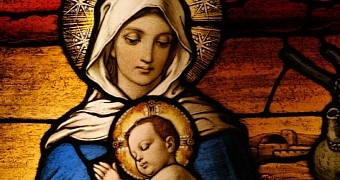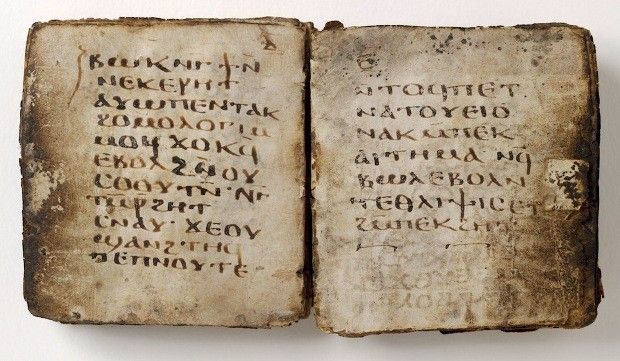There's a new gospel in town, and unlike the canonical ones we are all too familiar with (well, some more than others), this one isn't in the least bit concerned with telling the millennia-old story about Jesus' birth, life and crucifixion.
In fact, Princeton University researcher Anne Marie Luijendijk says that this gospel, estimated to be about 1,500 years old, is the ancient equivalent to a Magic 8 Ball. Thus, it appears that the gospel once served to guide people who, despite their best efforts, were clueless about how to deal with all sorts of trouble.
The book containing the gospel is in itself odd
The 1,500-year-old book containing the newly discovered gospel deciphered by religion expert Anne Marie Luijendijk is surprisingly small. Specifically, it measures some 3 inches (7.5 centimeters) in height and 2.7 inches (nearly 7 centimeters) in width.
It is handwritten in a language that the researcher identified as Coptic. Historians say that the first Egyptian texts written in this language date back to the 1st century of the Christian era. Like others before it, the language eventually died out. Thus, Coptic stopped being used in the 17th century.
Anne Marie Luijendijk believes that the book was purposely made to be this small so that it would be easy to carry around and, should circumstances demand for it, hide. This is because the book's content didn't exactly sit right with early church leaders.
This gospel is nothing like the canonical ones
The Princeton University religion expert says that the 1,500-year-old book comprises a total of 37 oracles that are all fairly vague and that, although gathered together under the label “gospel,” contain very few references to Jesus and his life.
The researcher goes on to argue that these oracles were most likely used for divination. More precisely, Anne Marie Luijendijk believes that those in need of guidance turned to this so-called gospel for advice on how to deal with the problems that were troubling them.
To get this guidance that they so desperately needed, they simply opened the book at random and read whatever oracle text was revealed to them. Being vague, the texts were open to interpretation, and so people could pick and choose the advice that they thought would help them.
“Go forward immediately. This is a thing from God. You know that, behold, for many days you are suffering greatly. But it is of no concern to you, because you have come to the haven of victory,” one of these oracles reads.
Although not a gospel per se, the book was quite popular
It might be that early church leaders were not big fans of the noble art of divination, but as it turns out, regular folks didn't exactly share their opinion. Hence the fact that this book sports a whole lot of thumbprints on its sides, which can only mean that, in ancient times, it was intensely used.
This popularity that the gospel enjoyed in ancient times might have been due to the fact that the book was actually extraordinarily gifted when it came to offering advice. Then again, it might have also been due to a surprisingly efficient marketing campaign.
“The Gospel of the lots of Mary, the mother of the Lord Jesus Christ, she to whom Gabriel the Archangel brought the good news. He who will go forward with his whole heart will obtain what he seeks. Only do not be of two minds,” the book's opening lines promise.

 14 DAY TRIAL //
14 DAY TRIAL // 

